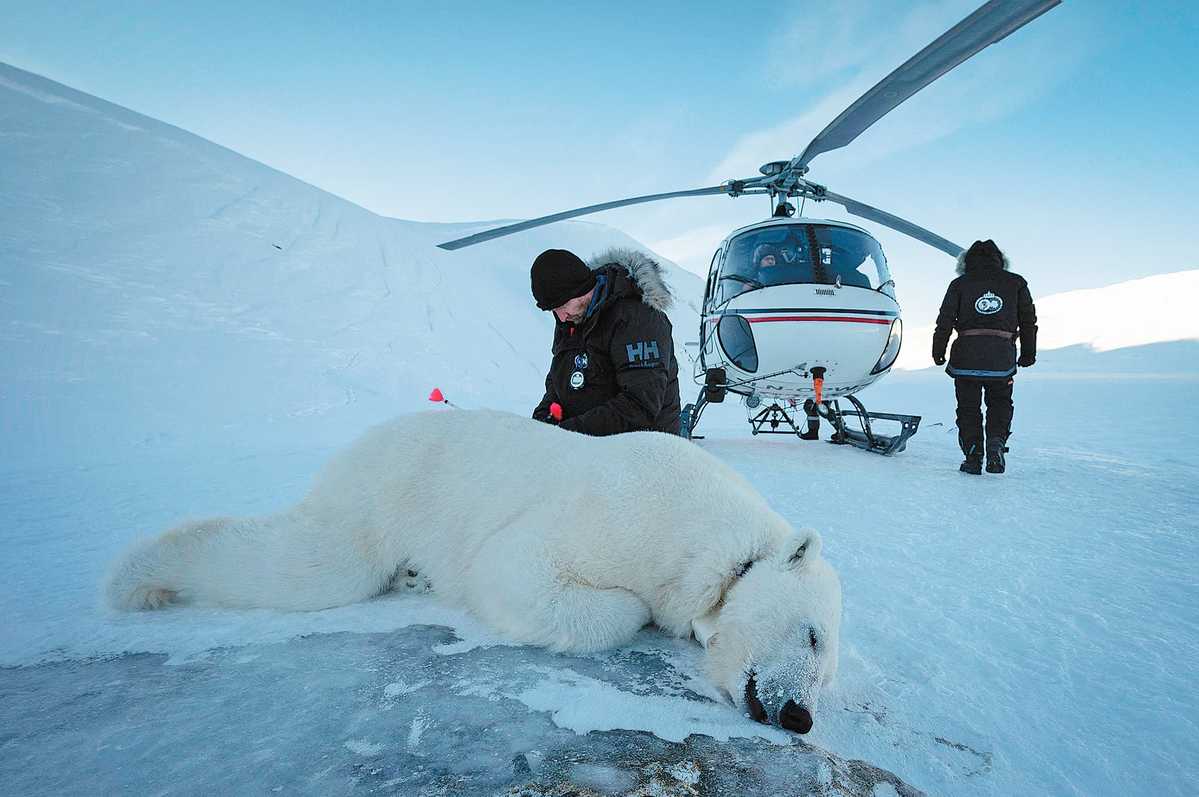Bearing the brunt
Polar bear research to shed light on Arctic pollutants
Share - WeChat


Changing diet
The team found no direct link between sea ice loss and higher concentrations of pollutants in Svalbard's bears. Instead, differences in pollutant levels came down to the bears' diet.
Two types of bears — sedentary and pelagic — feed on different prey, leading to different chemicals building up in their bodies.
With reduced sea ice, the bears' diets have already started shifting, researchers said. These behavioral adaptations appeared to help maintain the population's health.
"They still hunt seals but they also take reindeer (and) eggs. They even eat grass (seaweed), even though that has no energy for them," Jon Aars, the head of the Svalbard polar bear program, said.
























